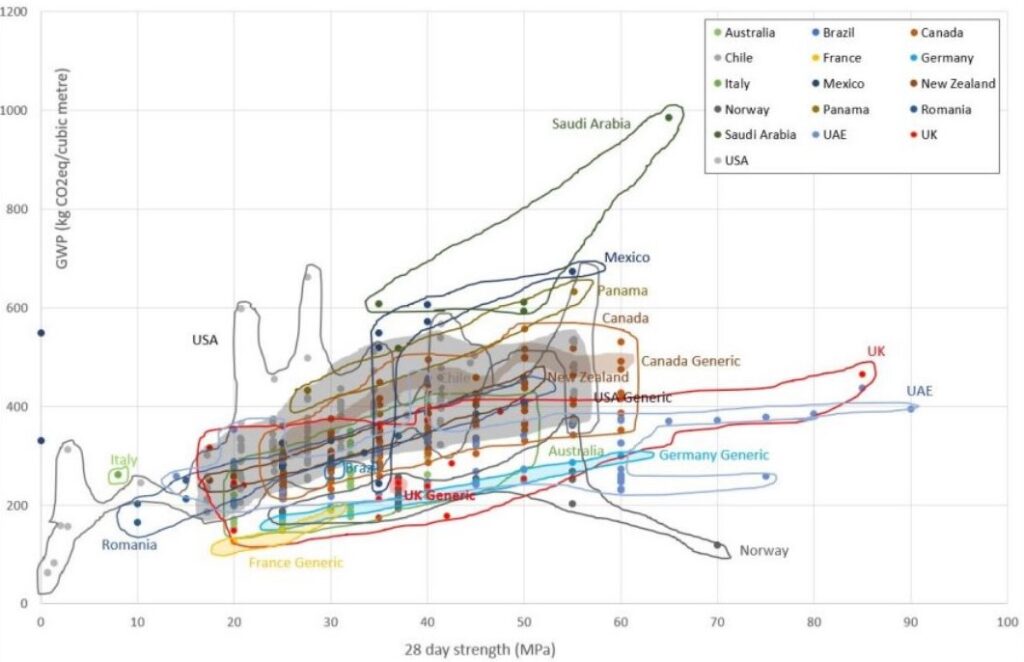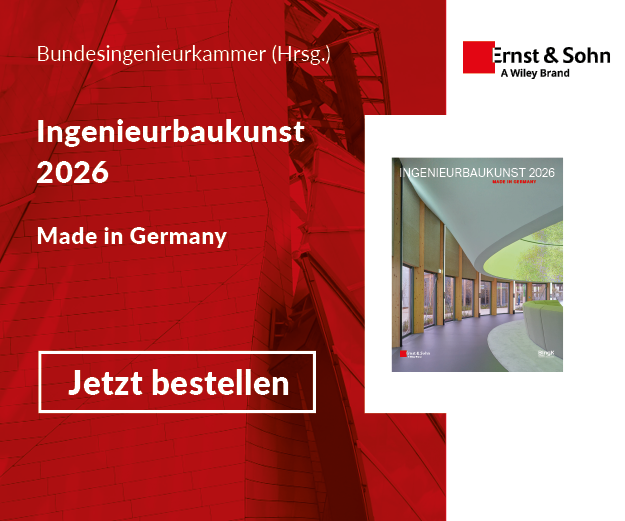Die Rolle von Umweltproduktdeklarationen
The embodied carbon of construction, caused by the production, transport, installation, maintenance and disposal of construction products, accounts for 12 % of global CO2 emissions. However concerns about the availability and variation of embodied carbon data have been cited as barriers to the widespread adoption of embodied carbon assessment and regulation. This study examines these concerns through an analysis of embodied carbon data, including Environmental Product Declarations (EPD), for construction products. It describes the use and value of embodied carbon data and EPD by experienced UK embodied carbon practitioners. It addresses the availability of EPD globally, finding exponential growth in the number of EPD and considering the causes driving this growth. It provides an overview of EPD and embodied carbon data for the UK and finds similar availability as other countries when embodied carbon regulation was introduced. The increasing number of EPD has itself the potential to offer further insights.

Source: Anderson
Using a quantitative meta-analysis of impacts from cement and concrete, steel, brick, and timber EPD, aleatory variability is found to explain the wide variation, and a typology of causes is proposed. The concept of EPD Landscapes is developed to visualise this variability within materials, providing a new approach to EPD analysis and an essential resource for stakeholders. The role of renewable energy in EPD is also explored, developing EPD Energy Arrays to identify products which have reduced both fossil and total primary energy demand, but raising concern of correlation between increasing the proportion of renewable energy and increased primary energy. As the construction industry starts on its journey towards net zero, this thesis combines the previously poorly connected knowledge of EPD in industry and academia, with a major and innovative analysis, providing new knowledge of direct relevance for multiple stakeholders looking to reduce the embodied carbon of the built environment.
Anderson, J. (2023) Reducing embodied carbon in the build environment – The role of Environmental Product Declarations [PhD thesis]. The Open University. Faculty of Science, Technology, Engineering and Mathematics, School of Engineering and Innovation. https://oro.open.ac.uk/90696/1/J%20Anderson%20Thesis%2010-07-2023.pdf

